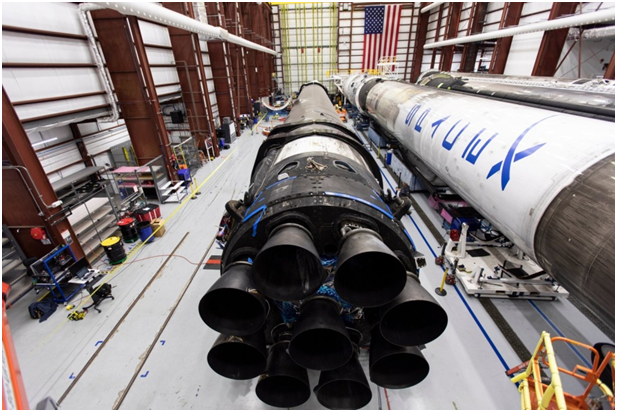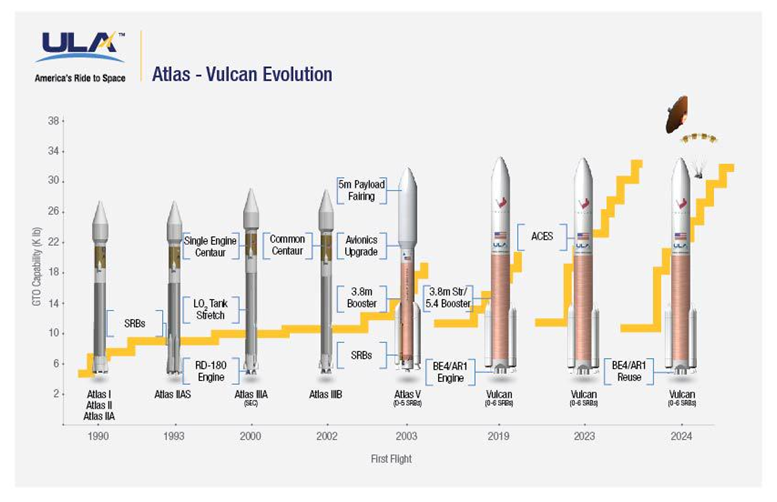
Charles R. Goulding explores rocket-related 3D printing contracts.
In early August 2020, the U.S. Air Force awarded SpaceX and United Launch Alliance (ULA) billions of dollars in rocket contracts for 5 years commencing in 2022. Four companies placed bids on the contract including the winners, plus Northrop Grumman and Jeff Bezos’ Blue Origin. ULA is a joint venture between Boeing and Lockheed.
Both SpaceX and ULA make extensive use of 3D printers. SpaceX 3D printers are supplied by VELO3D, which has received large funding for advanced metal 3D printers. Despite fundraising in the middle of a worldwide pandemic that has managed to shut down a significant chunk of global manufacturing, the developer of a metal composite 3D printing technology, VELO3D, has managed to raise $40 million in funding.
Over the past fifteen months, the company had bookings of $29 million and revenue of $15 million and it has managed to land one of the most technically demanding contracts in the manufacturing industry — supplying 3D printers to none other than the world’s most successful new private rocket company, SpaceX. With this new funding, the total sum of Velo3D’s financing has reached $150 million.
During these challenging times, it is very beneficial for both the private rocket industry and the 3D printing industry to have major funding for large multi-year projects. For Boeing, it is important to have a technologically-based win while addressing issues in their core airframe business. Lockheed remains a technology and an economic powerhouse that can bring a tremendous amount of resources to any project. Learning and applying new skills in digital technology is part of Lockheed’s goal.
Additive manufacturing is leading to the creation of affordable parts that are more capable and durable than ever. Next-generation electronics are reducing the size, weight, power, and cost of Lockheed’s products and systems. And advanced materials are being used in novel ways never thought possible.
It is valuable to have a mixture of start-ups like SpaceX and accomplished legacy firms awarded the major contracts. Start-ups challenge conventional wisdom with concepts like reusable rockets but legacy companies have very deep, critical tribal knowledge based on ingrained experience that start-ups can easily miss.

R&D tax incentives are available for rocket-related innovation, including associated 3D printing activities.
The Research and Development Tax Credit
Whether it’s used for creating and testing prototypes or for final production, 3D printing is a great indicator that R&D Credit eligible activities are taking place. Companies implementing this technology at any point should consider taking advantage of R&D Tax Credits.
Enacted in 1981, the now permanent Federal Research and Development (R&D) Tax Credit allows a credit that typically ranges from 4%-7% of eligible spending for new and improved products and processes. Qualified research must meet the following four criteria:
- Must be technological in nature
- Must be a component of the taxpayer’s business
- Must represent R&D in the experimental sense and generally includes all such costs related to the development or improvement of a product or process
- Must eliminate uncertainty through a process of experimentation that considers one or more alternatives
Eligible costs include US employee wages, cost of supplies consumed in the R&D process, cost of pre-production testing, US contract research expenses, and certain costs associated with developing a patent.
On December 18, 2015, President Obama signed the PATH Act, making the R&D Tax Credit permanent. Beginning in 2016, the R&D credit has been used to offset Alternative Minimum Tax (AMT) for companies with revenue below $50MM and, startup businesses can obtain up to $250,000 per year in payroll tax cash rebates.
Conclusion
It is good to see America back in the quest to conquer space especially with private industry playing an active role. 3D printing has an important role to play in this renewed adventure.
